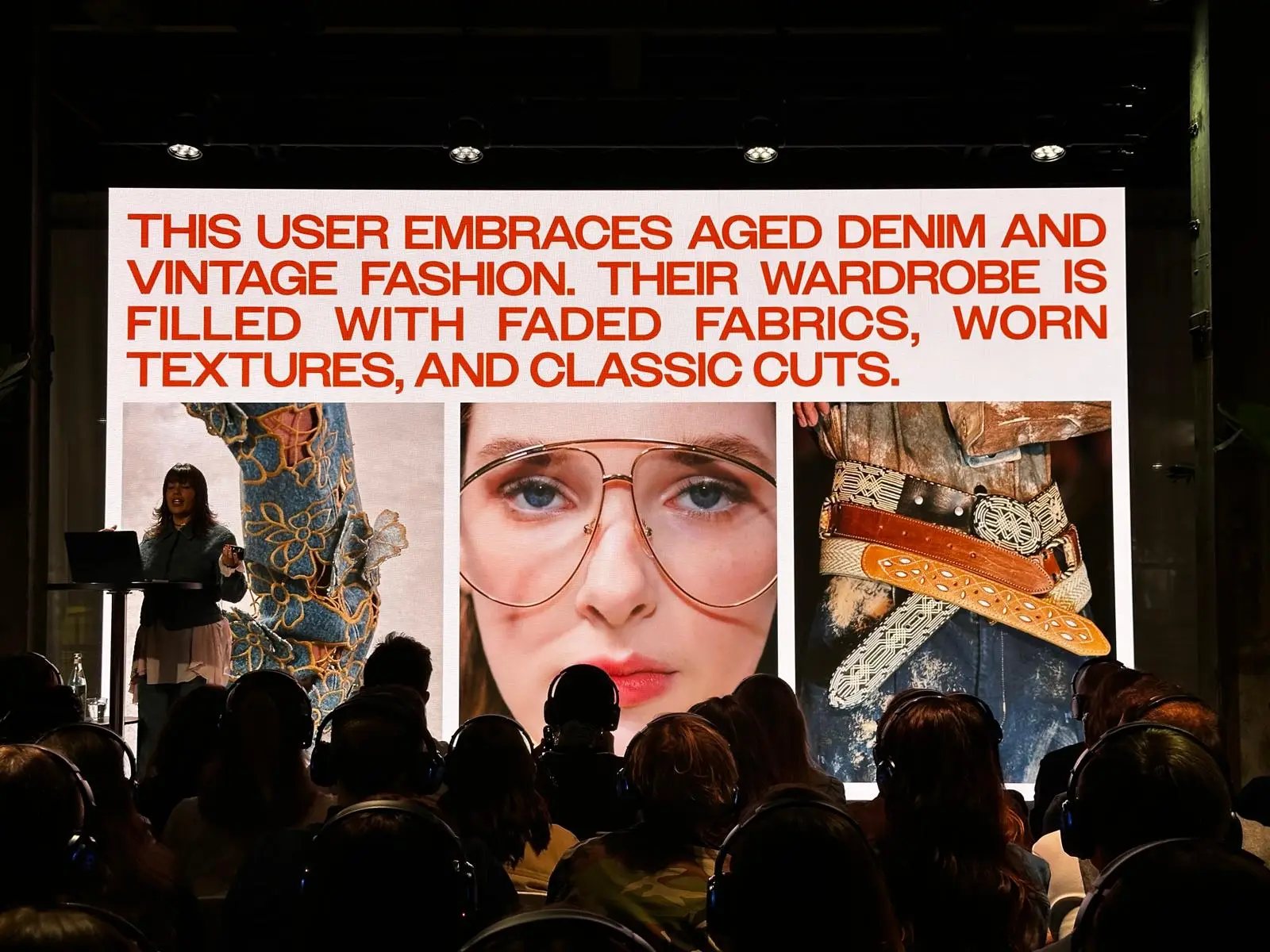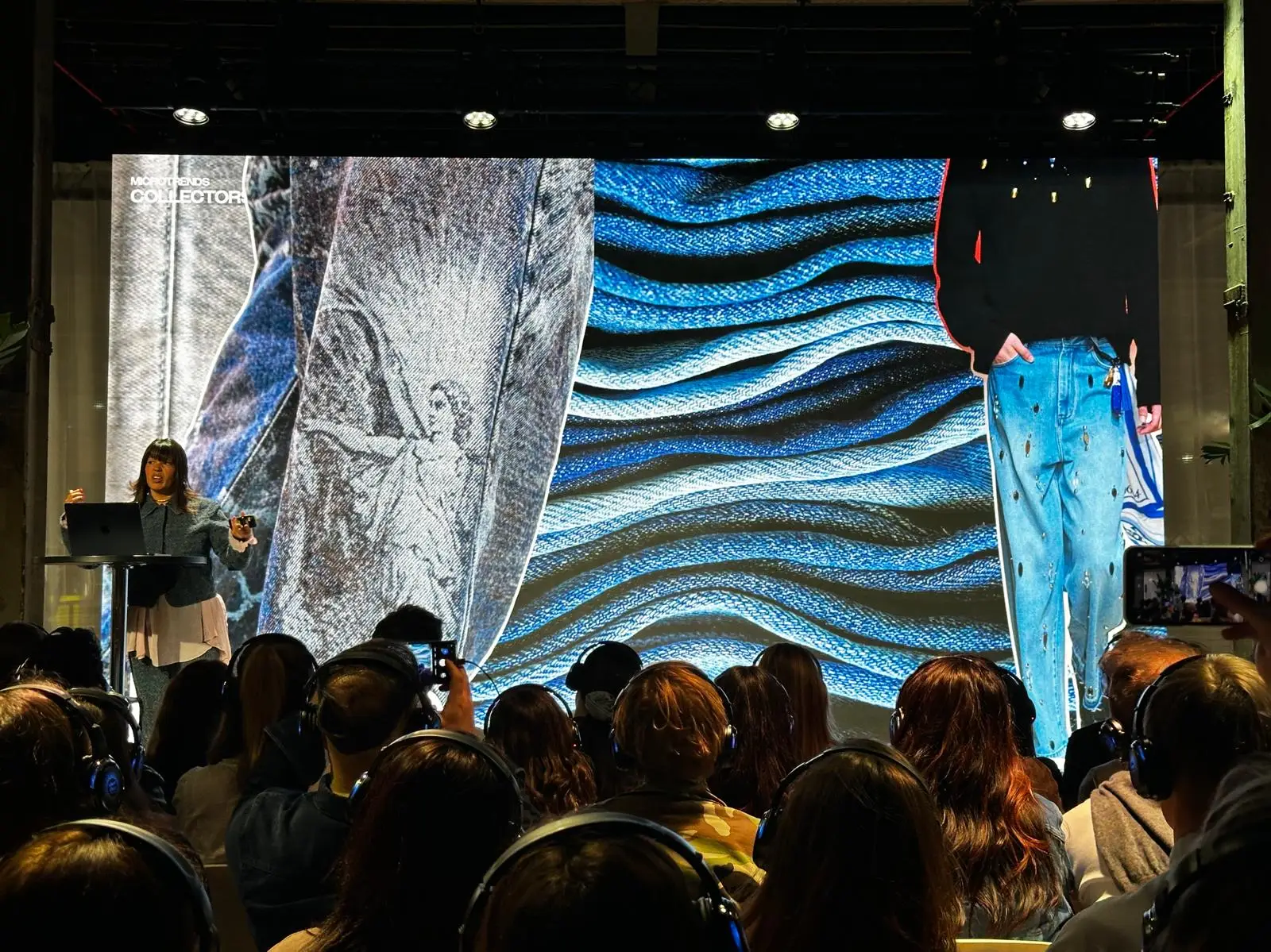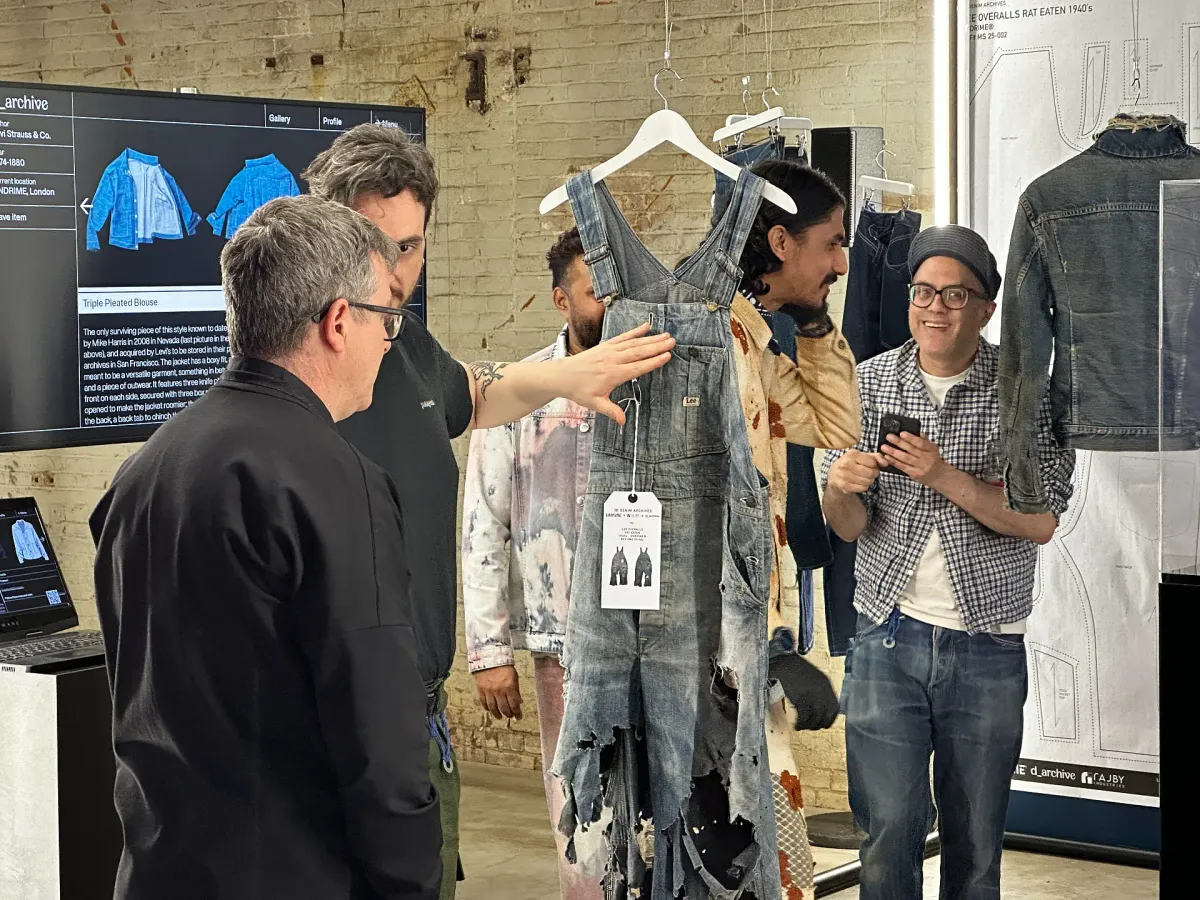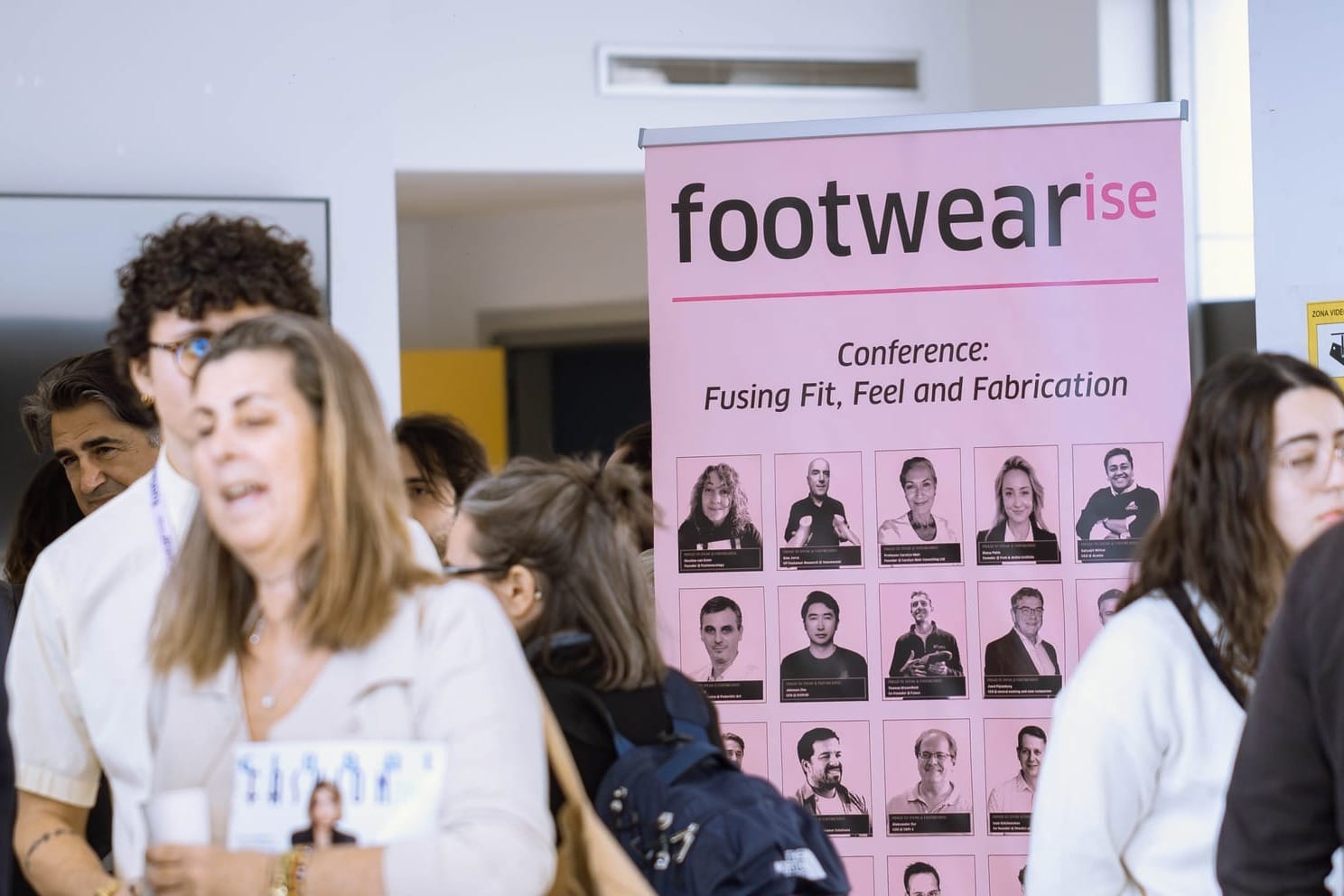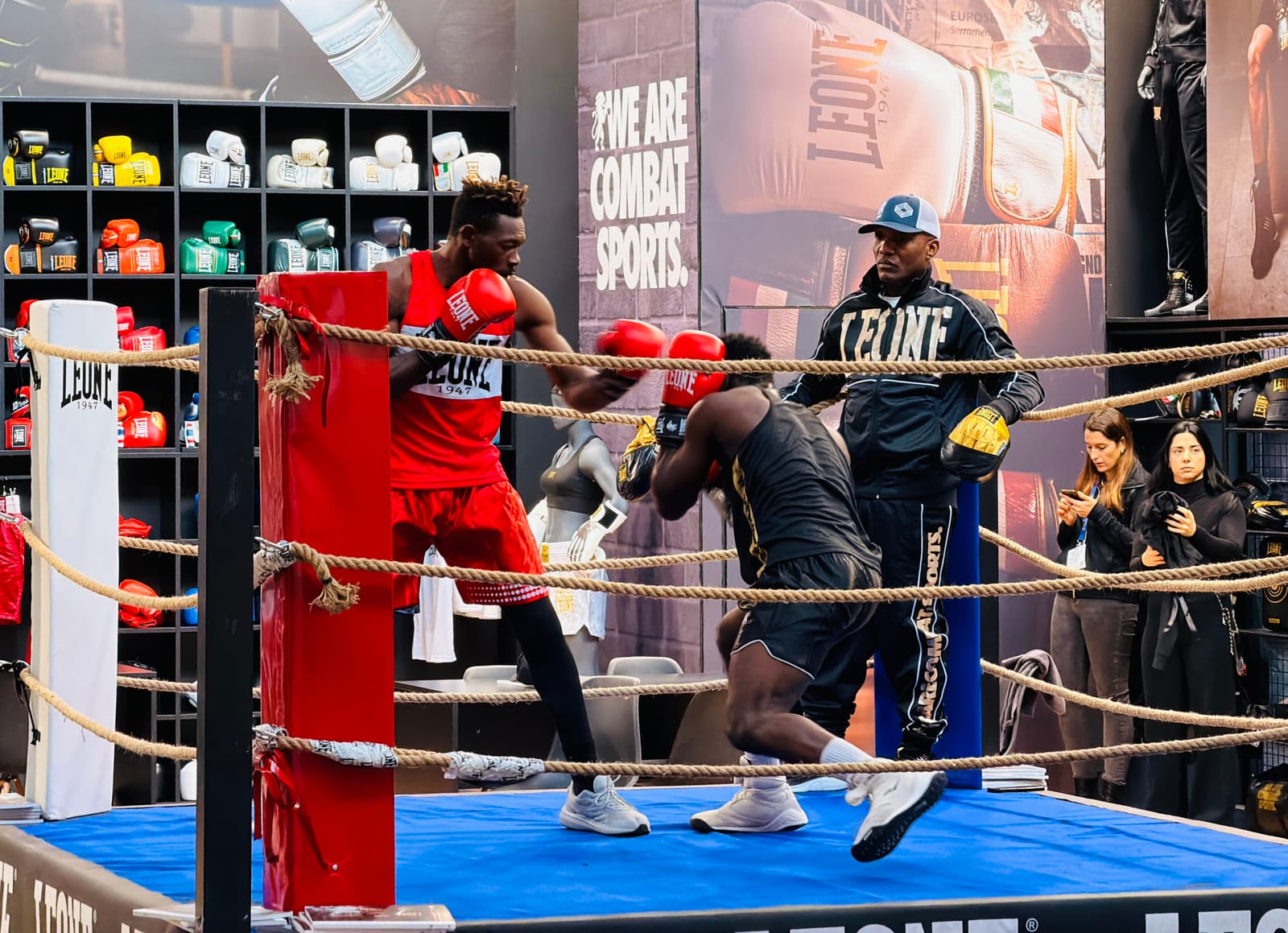Yesterday, I dropped by Kingpins Amsterdam, my first time at a denim-specific show. Historically, denim hasn’t been a major focus for me or for our PI Apparel events, largely because it’s one of the trickiest materials to digitise, and digital is the world we’ve traditionally operated in. But I was curious, and Kingpins, set inside the beautifully gritty Sugar Factory - a former production plant turned event space - offered the perfect setting to get a taste of this side of the industry.
The first thing I noticed? The crowd was cool. And I mean seriously cool. Think Mod looks, fearless layering, head-to-toe upcycled denim, bold beards, and larey hairstyles. There was a lot of vintage, a lot of creativity, and a lot of confidence. I, meanwhile, had somehow turned up in double corduroy - yes, I forgot to wear denim to a denim show. Rookie move.
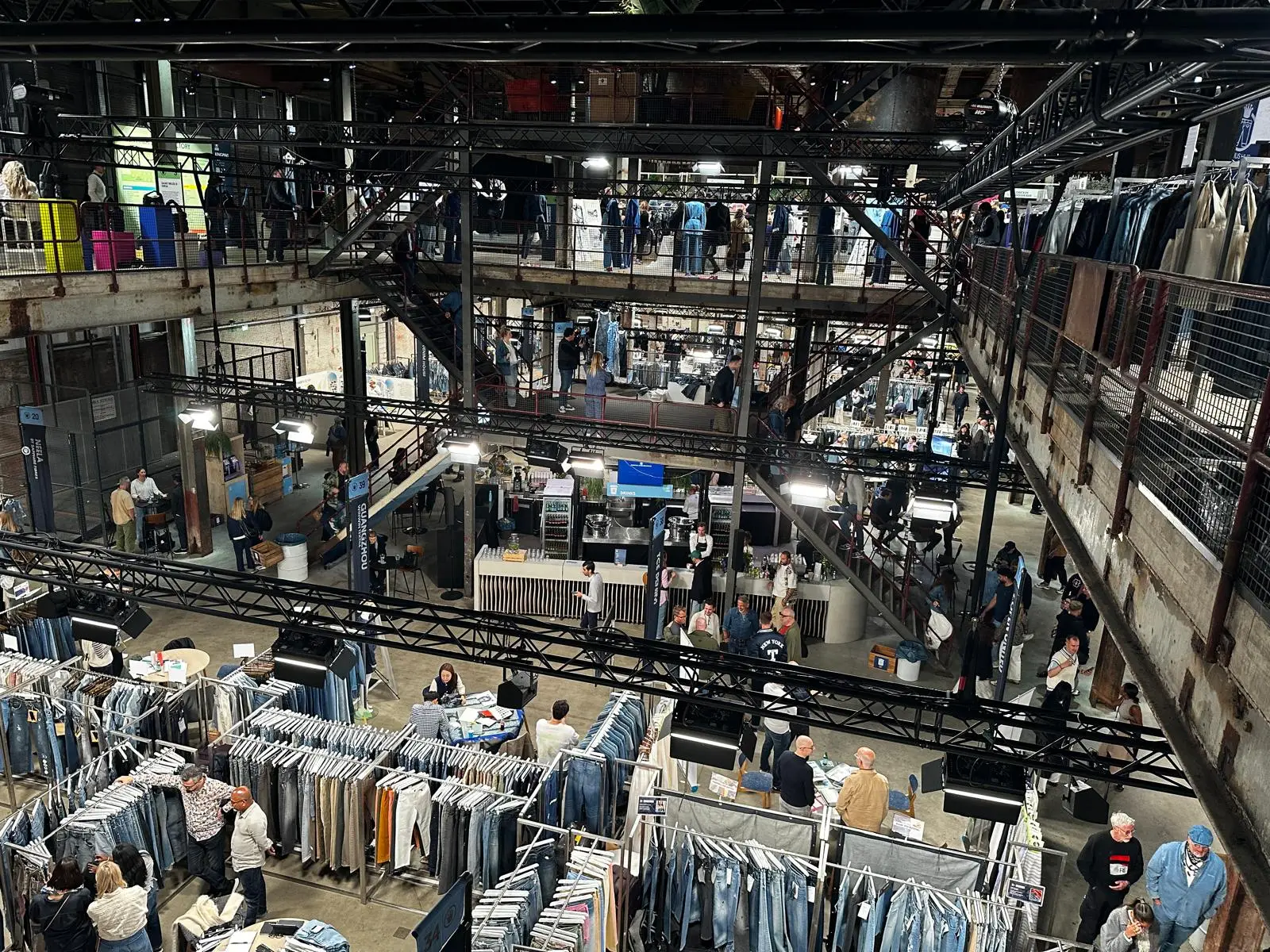
Anyways, I digress - while the show is primarily a buzzy tradeshow, packed with supplier booths and fabric innovations, I was there for the conference programme designed to educate, inspire, and challenge how denim thinks about the future. For someone looking to better understand the space, it was an eye-opening crash course.
And I am dedicating this article, part 1 of a 2-part feature, solely to the kick off keynote talk hosted by Ana Paula Alves, Founder of Be Disobedient, a respected consultancy and trend forecasting company. Ana's macro and micro trend presentation was rooted in denim but delivered insights far beyond it. Because while these shifts may be illustrated through jeans, they're really about culture, and every brand, no matter the category, has something to learn.
Here's what she had to say...
From Macro Shifts to Micro Realities
Ana kicked things off by framing two major macro shifts (the Ageless and the Borderless) that are reshaping not just how we wear denim, but how we live, express ourselves, and connect with the world around us. These aren’t seasonal fads, but deeper cultural undercurrents that challenge traditional views of age, space, and identity. Under each of the macro themes, Ana went on to identify three emerging micro trends that spotlight new, underserved consumer groups; audiences that many brands are still overlooking, but who represent fresh opportunity and influence.
In the “new world” of denim, Ana challenges brands to move beyond talking about the “new normal” and instead start shaping the “new extraordinary.” And that begins with a radical rethink of who the consumer is and how we engage them.
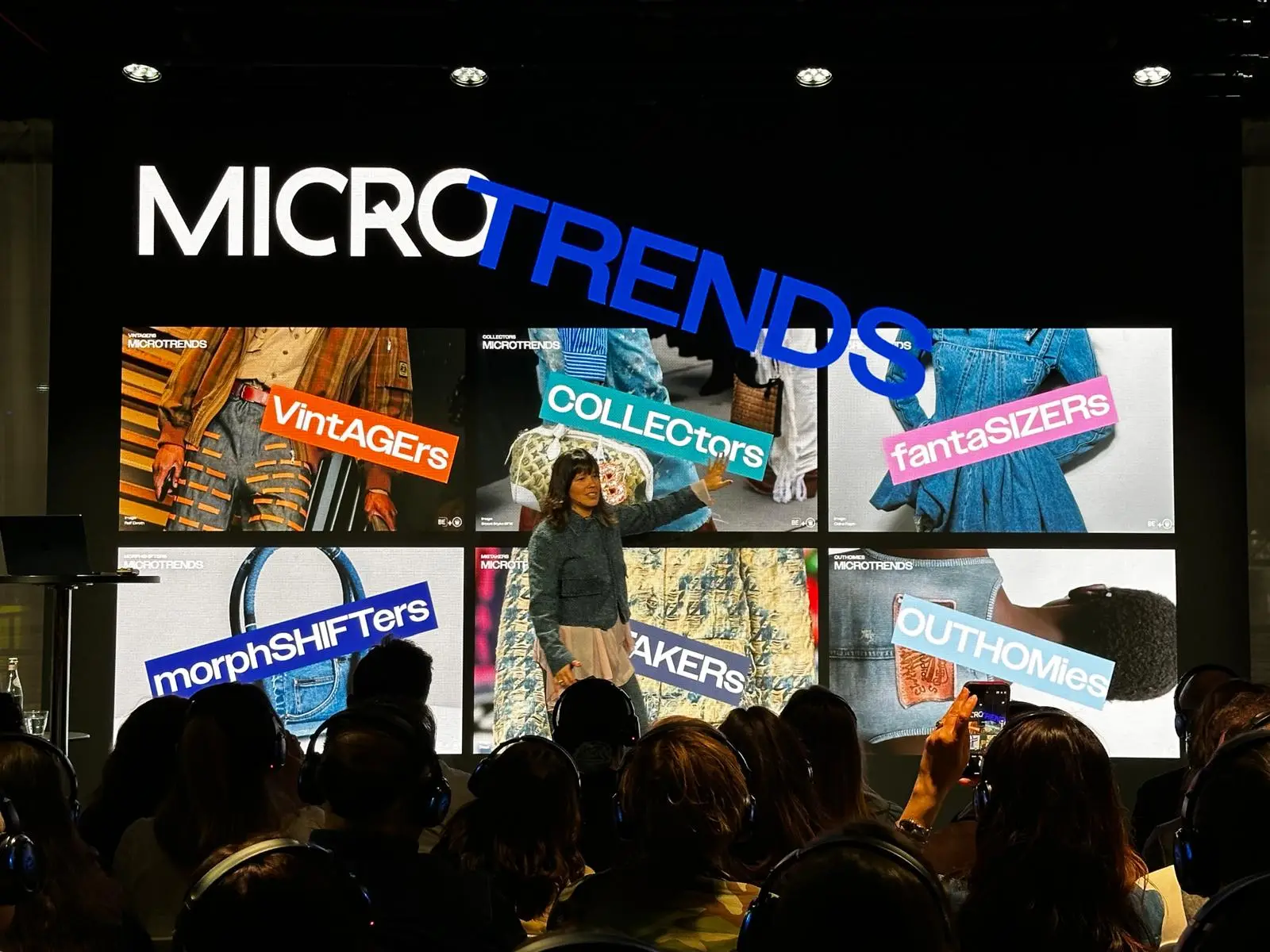
Macro Theme #1: The Ageless - Designing for a Generation-Free Future
Today’s consumers are rejecting linear life stages and outdated labels, and they don’t want to be boxed in by generational stereotypes. Instead, they’re adopting a transgenerational attitude, buying and dressing for how they feel, not how old they are. It’s not about when you were born; it’s about how you want to live now.
In this context, fashion must evolve from being age-coded to being age-fluid. Business models still rely heavily on rigid age demographics, yet this approach is increasingly at odds with how people see themselves. By continuing to operate within traditional age-based frameworks, brands risk alienating a dynamic and valuable audience that spans multiple generations.
4 Emerging Personas:
- Sephora Tweens: Pre-teens engaging with beauty and identity earlier than past generations
- Zeos: Gen Z/Alpha hybrids blending youth culture with grown-up purchasing power
- Club Sandwich: Multigenerational caretakers balancing careers, kids, and elderly parents
- Senior Activists: Post-career consumers reinventing themselves with purpose, energy, and influence
While the labels are playful, the implications are serious. This is a growing audience with spending power, cultural influence, and a desire for reinvention over retirement.
Micro Trends
Within this Ageless macro trend, three micro shifts in consumer behavior also stand out:
- Vintagers: Consumers revisiting and revaluing the past, reworking vintage styles through a modern lens
- Collectors: Shoppers treating their wardrobes like curated museums, placing personal and emotional value on garments with unique narratives
- Fantasizers: Style seekers blurring reality with fairytale, nostalgia, and elevated escapism, using fashion as a tool for imaginative storytelling
Together, these micro trends reflect a deeper desire for personal expression, emotional resonance, and freedom from convention.
🔍 Case Studies Highlighting the Shift
Zomer (Paris) – Their “It’s Just Kids” campaign reimagines children as style icons in childlike settings mirrored by their older doppelgängers. It’s a bold transgenerational statement that blurs identity and time.
Tamburins (Seoul) – Redefined public displays of affection among the elderly in-store, reframing the narrative of aging to celebrate intimacy and visibility rather than invisibility.
Key Takeaways
- The ageless consumer is a new user with distinct desires, values, and aspirations.
- Brands must become amalgamators, blending generations, styles, and stories.
- Casting and hiring practices must reflect this shift.
- Successful business models are age-inclusive by design, not by accident.
So the question becomes: how do brands design product, marketing, and brand stories for people who live longer, refuse outdated labels, and continuously reinvent themselves?
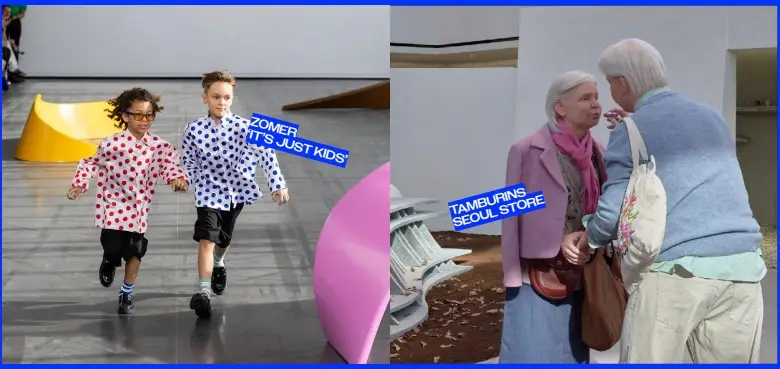
Macro Theme #2: The Borderless - Designing for a Hybrid, Permeable Future
If the “Ageless” are breaking down stereotypes, the Borderless are all about rethinking space entirely, both physical and conceptual. Today’s consumers don’t live strictly online or offline, but exist in a third space that fuses digital and physical, personal and public, transactional and experiential. This hybrid mindset demands a new approach to brand spaces, storytelling, and value creation.
Ana described this audience as being driven by porosity, mixed-use environments, and domestic-city blending. For them, homes become offices, stores become galleries, and brands must move beyond traditional retail formats to serve as cultural and emotional anchors.
The Borderless consumer isn’t bound by old frameworks of work, family, space, or commerce. They want immersive, flexible, and meaningful experiences that mirror how they actually live.
4 Emerging Personas:
- Traditional Wives: Women embracing homemaking while remote-working men take on domestic roles, flipping old gender norms.
- Home Swappers: Travelers trading homes for immersive, community-driven, hyperlocal experiences.
- DINKWADs: Dual-income couples without kids, but with dogs, seeking premium products for their pets-as-family.
- One-Parent Families: Solo parents reshaping demand for inclusive, practical, and dignified lifestyle solutions.
These personas highlight a growing shift from functional spaces to emotional ones, where brands must meet the evolving lifestyles of a multi-dimensional audience.
Micro Trends
Under this Borderless macro theme, three micro trends reveal how this mindset is taking shape:
- Morphshifters: Designers and wearers are reimagining how clothing interacts with the body, blurring lines between structure, form and silhouette
- Mistakers: Consumers finding beauty in the imperfect, celebrating flaws, raw finishes, and rejected aesthetics as unique expressions of luxury
- Outhomies: Born out of COVID, this group has erased the divide between loungewear and public fashion. Comfort and self-expression are no longer mutually exclusive.
Together, these micro trends reflect a desire for fluidity, reinterpretation, and disruption, challenging brands to create spaces, systems, and styles that reflect this third-way living.
🔍 Case Studies Highlighting the Shift
JACQUEMUS (Paris) – “The Office”, a reimagined Parisian workspace that fuses gallery, kitchen, office, and home, blurring lifestyle and labour to offer a new standard for experiential space.
Coach Airways (Malaysia) - A scenographic retail pop-up inside a vintage Boeing. By transforming shopping into storytelling, Coach created an immersive environment that blurred travel nostalgia with fashion-forward retail.
Key Takeaways
- The borderless consumer craves hybrid integration; they want meaning across physical and digital touchpoints.
- Brands must embrace porosity, breaking down silos between services, identities, and space.
- Retail environments should become third places, cultural hubs that blend community, commerce, and creativity.
- Experience design isn’t a luxury...it's the new baseline for relevance.
So the question becomes: are your retail and brand experiences evolving to reflect how today’s consumers live, connect, and imagine space beyond the binary?
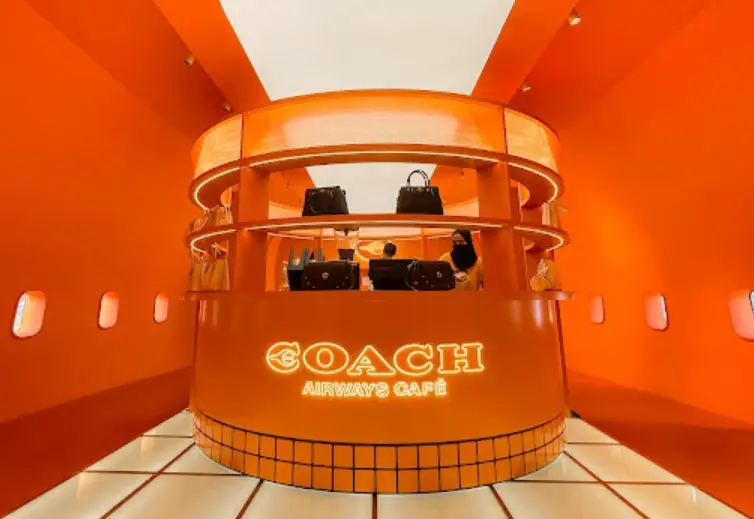
A huge thank you to Ana Paula Alves for a thought-provoking session that looked far beyond the seams of denim (see what I did there?). No, but on a serious note, Ana's insights remind us that fashion isn’t just about fabric...it’s about people, possibility, and reimagining the rules. If this is the future of retail, it’s one worth getting excited about.
Which of these shifts feels most relevant to your world and how is your brand adapting? Let me know in the comments 👇
